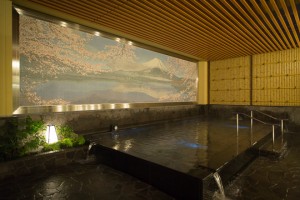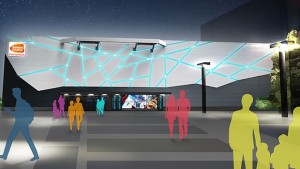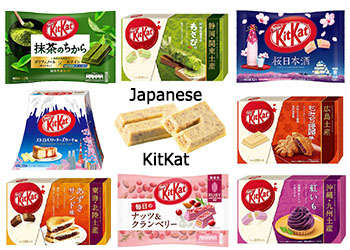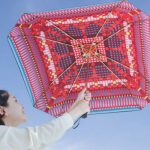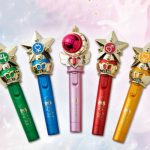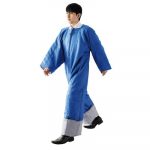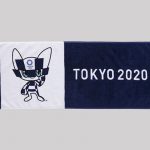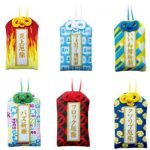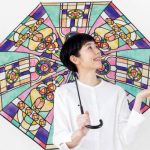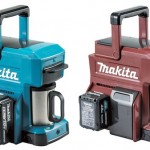The artistic collective Chim Pom (or Chim↑Pom) will open a “Ningen Restaurant” (human restaurant) in Shinjuku’s Kabukicho district for two weeks in the soon-to-be-demolished Kabukicho Book Center building.
The name is a reference to the semi-parodic “Human Restaurant” that already exists in Kabukicho on the third floor of a building opposite the popular Robot Restaurant. Smappa! Group, which runs a chain of host clubs, opened a minimal bar so that people could drink while basking in the Robot Restaurant’s garish neon lights. The joke is that at the Smappa! venue, you only get humans, not robots (and scantily clad ladies). Chim Pom’s member Ellie is actually married to the man behind Smappa! and they even met at the Robot Restaurant.
Originally a postwar black market that evolved into a red light district, Kabukicho has undergone massive change over the past few years, transforming from a no-go zone for families to a major part of Tokyo’s official branding for tourists, most overtly with the Godzilla hotel and Toho cinema in the central plaza. The brothels and hostess clubs remain, though tucked away around the corner from the Godzilla hotel.
Chim Pom claims its event is making a wry comment on this gentrification of the area, led by Shinjuku Soft. Having already created the successful Robot Restaurant, it has now bought up the Kabukicho Book Center’s building and will proceed with demolishing it.
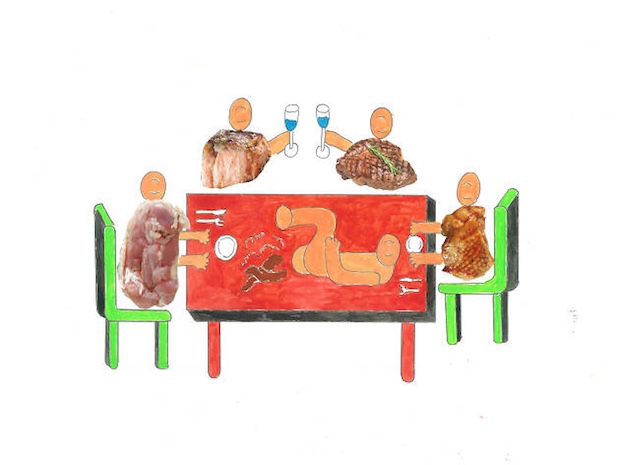
The Kabukicho Book Center itself is an interesting example of the hybrid process of redevelopment, being a love-themed bookstore that attracted lots of mainstream press but which is run by male hosts — who represent the “other side” of Kabukicho that may soon be squeezed out completely.
Although it is unclear how Shinjuku Soft will redevelop Kabukicho, they may join along the ranks of Kabukicho Promotion Association and Tokyu as the “faces of redevelopment” as a driving force in transforming Kabukicho into an entertainment city. This fall, a large club based on a futuristic design and concept will also open in Kabukicho. Although it somewhat resembles the likes of the Robot Restaurant and Toho’s Godzilla statue, there is no doubt that this venture will become a part of the future of Kabukicho. This current trend in investment and entertainment has spread to various cities in Japan including Kabukicho, and slowly infiltrating art and culture as well. For better or worse, theme park-like events and club events have become normalized in artistic activities.
Since Kabukicho has developed as a place where bodies are consumed, the Ningen Restaurant pop-up has a physical theme (and strikingly quasi-cannibalistic publicity). From October 14th to October 28th, Smappa! Group and Chim Pom will organize a series of body-based installations and events at Kabukicho Book Center building (not, it should be noted, the same building as the original Ningen Restaurant). Participating artists including Makoto Aida, Fuyuki Yamakawa, and Yuka Seki. Some aspects of the lineup run throughout, while others are held only as one-offs. Check the schedule for more details.
Chim Pom will present a restaurant with their own unique twist, such as offering a publicly available menu for death row prisoners to choose their last meal, exhibiting Buddhist-layman Inaoka, a Buddha statue made by Yasuyuki Nishio which draws from when Chim Pom member Motomu Inaoka had lost weight to resemble a self-made mummy, and showing work by Vienna Actionism’s living legend Hermann Nitsch.
After the end of the two-week event, the building will be demolished to make way for the next phase in Kabukicho’s history. Smappa! Group’s regular “human restaurant,” though, will continue to operate as a bar in the shadow of the Robot Restaurant. However, its building, too, is owned by Shinjuku Soft, so perhaps its days are numbered.
Chim Pom is a controversial art group known for its stunts and sardonic social commentary, such as writing “Pika” (flash, bang) in smoke in the sky above Hiroshima in 2008 and making an unofficial addition in 2011 to Taro Okamoto’s The Myth of Tomorrow painting installed in Shibuya station. It also previously organized “So See You Again Tomorrow, Too?,” an exhibition in 2016 in yet another Kabukicho building prior to its demolition.


